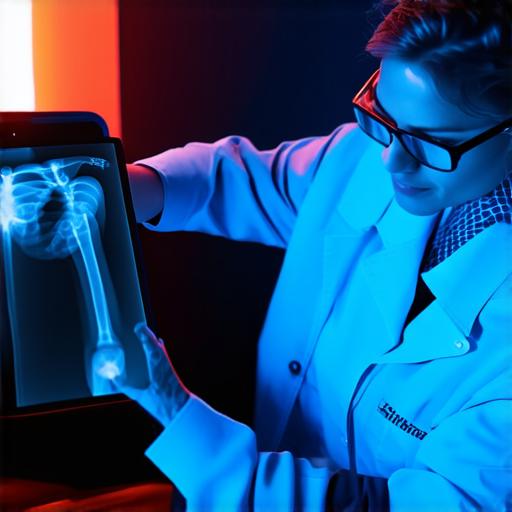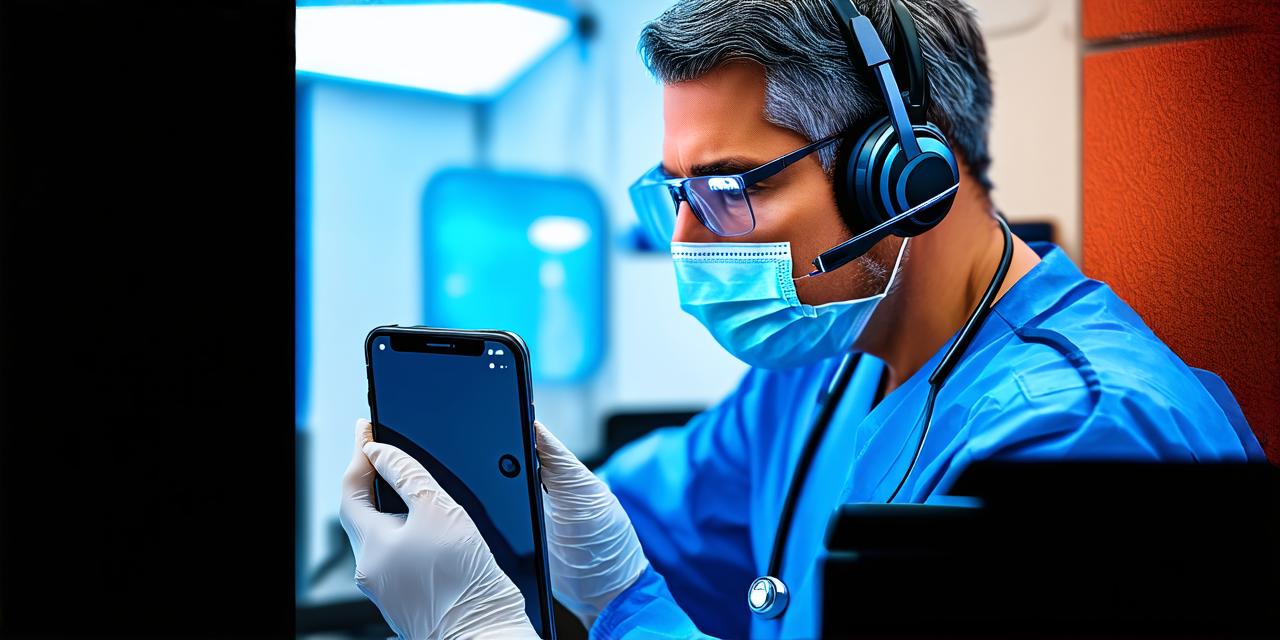
Introduction
Augmented reality (AR) is a technology that superimposes digital content onto the real world. It has already been used in various industries, including gaming and advertising, but it’s also gaining traction in the medical field. AR can be used to improve patient outcomes, increase efficiency, and reduce costs. In this article, we’ll explore how AR is being used in medicine and how it’s making a difference for patients and healthcare providers alike.
AR in Surgery
One of the most well-known applications of AR in medicine is in surgery. By wearing an AR headset, surgeons can see additional information that isn’t visible to the naked eye. For example, during cardiac surgery, doctors can use AR to visualize the patient’s heart and blood vessels in 3D. This can help them navigate the surgical site more accurately, reduce the risk of complications, and improve patient outcomes.
AR in Medical Training
AR is also being used to improve medical training. By creating virtual simulations of surgical procedures, doctors can practice their skills in a safe and controlled environment. These simulations can be accessed through an AR headset or on a smartphone or tablet. This allows doctors to train anywhere, anytime, and at their own pace.
AR in Patient Care
In addition to its use in surgery and medical training, AR is also being used in patient care. For example, by using an AR headset or tablet, patients can see their medical records and get a better understanding of their health status. This can help them make more informed decisions about their care and improve their overall health outcomes.
Real-Life Examples of AR in Medicine
To better understand how AR is being used in medicine, let’s look at some real-life examples:
- The University of California, San Francisco (UCSF) has been using AR to improve surgical training for residents. By wearing an AR headset, residents can practice procedures on virtual models of the human body. This allows them to learn from their mistakes and improve their skills in a safe environment.
- In Sweden, a company called Medivision is using AR to help patients with chronic pain. Patients wear an AR headset that blocks out distractions and helps them focus on relaxation techniques. This can reduce pain and improve overall well-being.
- In the United States, a company called Vuforia is working with hospitals to improve patient care. By using sensors that are placed in the patient’s body, doctors can monitor their vital signs through an AR device. This allows doctors to quickly identify any changes in the patient’s condition and make adjustments to their treatment plan as needed.
FAQs
* What is augmented reality (AR)?
AR is a technology that superimposes digital content onto the real world. It has already been used in various industries, including gaming and advertising, but it’s also gaining traction in the medical field.
* How is AR being used in surgery?
By wearing an AR headset, surgeons can see additional information that isn’t visible to the naked eye. For example, during cardiac surgery, doctors can use AR to visualize the patient’s heart and blood vessels in 3D.
* How is AR being used for medical training?
By creating virtual simulations of surgical procedures, doctors can practice their skills in a safe and controlled environment. These simulations can be accessed through an AR headset or on a smartphone or tablet.
* How is AR being used in patient care?
By using sensors that are placed in the patient’s body, doctors can monitor their vital signs through an AR device. This allows doctors to quickly identify any changes in the patient’s condition and make adjustments to their treatment plan as needed.
